Old Browser
This page has been recently translated and is available in French now.
Looks like you're visiting us from {countryName}.
Would you like to stay on the current country site or be switched to your country?


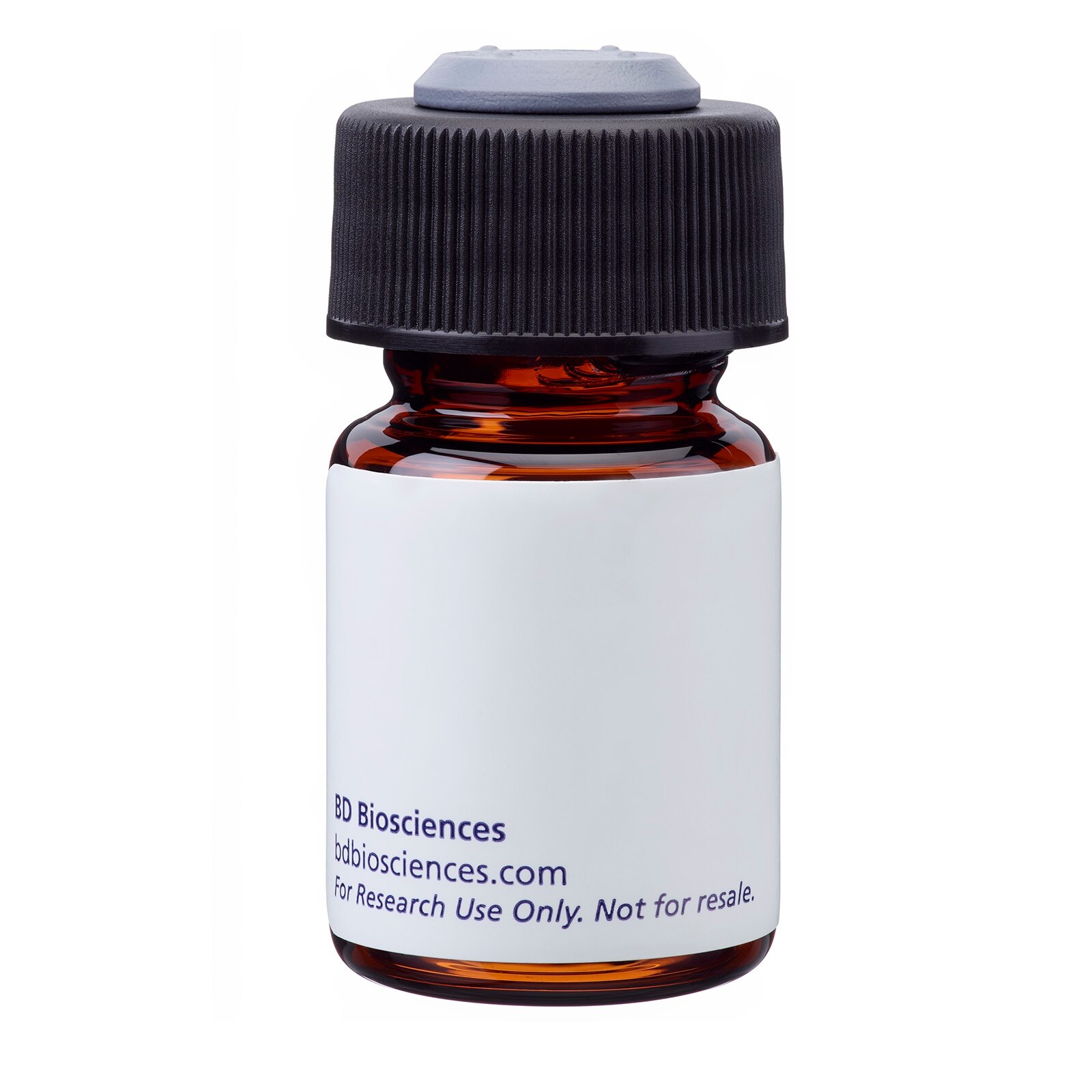

Flow cytometric analysis of CD158b1, b2, j expression on human blood lymphocytes. Whole blood was stained with FITC Mouse Anti-Human CD158b1, b2, j (Cat. No. 556070; solid line histogram) and FITC Mouse IgG2a, κ Isotype Control (Cat. No.555573, dashed line histogram). Erythrocytes were lysed with BD FACS Lysing Solution (Cat. No. 349202).The fluorescence histogram was derived from gated events with the forward and side light-scattering characteristics of viable lymphocytes. Flow cytometry was performed on a FACScan™.


BD Pharmingen™ FITC Mouse Anti-Human CD158b1, b2, j

Regulatory Status Legend
Any use of products other than the permitted use without the express written authorization of Becton, Dickinson and Company is strictly prohibited.
Preparation And Storage
Recommended Assay Procedures
BD™ CompBeads can be used as surrogates to assess fluorescence spillover (Compensation). When fluorochrome conjugated antibodies are bound to CompBeads, they have spectral properties very similar to cells. However, for some fluorochromes there can be small differences in spectral emissions compared to cells, resulting in spillover values that differ when compared to biological controls. It is strongly recommended that when using a reagent for the first time, users compare the spillover on cell and CompBead to ensure that BD Comp beads are appropriate for your specific cellular application.
Product Notices
- This reagent has been pre-diluted for use at the recommended Volume per Test. We typically use 1 × 10^6 cells in a 100-µl experimental sample (a test).
- An isotype control should be used at the same concentration as the antibody of interest.
- Source of all serum proteins is from USDA inspected abattoirs located in the United States.
- Caution: Sodium azide yields highly toxic hydrazoic acid under acidic conditions. Dilute azide compounds in running water before discarding to avoid accumulation of potentially explosive deposits in plumbing.
- For fluorochrome spectra and suitable instrument settings, please refer to our Multicolor Flow Cytometry web page at www.bdbiosciences.com/colors.
- Please refer to http://regdocs.bd.com to access safety data sheets (SDS).
- Please refer to www.bdbiosciences.com/us/s/resources for technical protocols.
Companion Products
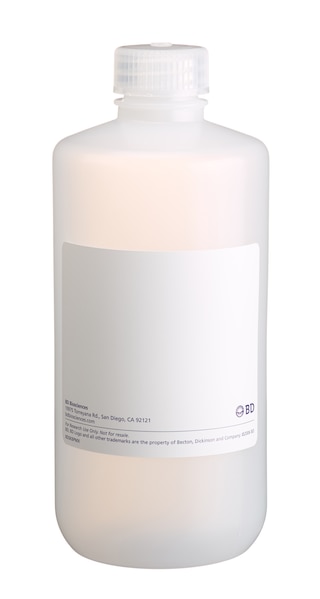
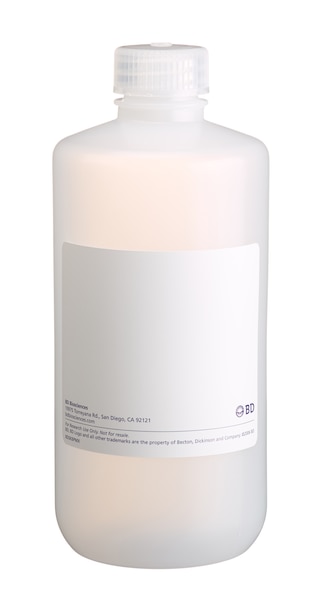
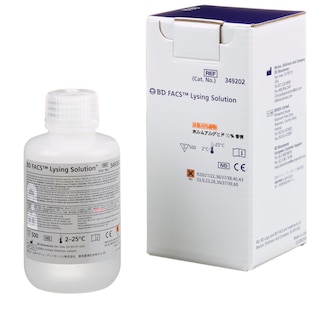
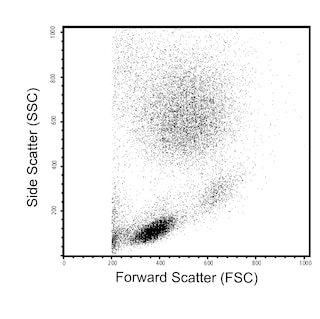
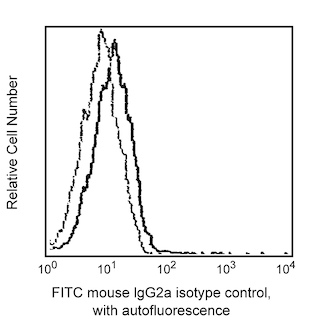
The DX27 monoclonal antibody specifically recognizes CD158b1 (KIRDL2/NKAT6), CD158b2 (KIRDL3/NKAT2), and CD158j (KIR2DS2/NKAT5) which are members of the Killer immunoglobulin-like receptor (KIR) family within the Ig superfamily. CD158b1 and CD158j contain two (KIR2D) Ig-like extacellular domains whereas CD158b2 contains three (KIR3D) Ig-like domains. These polymorphic CD158 molecules are expressed on natural killer (NK) cells and a subset of T cells and can recognize MHC class I molecules on target cells. They serve as either inhibitory receptors (CD158b1, CD158b2) that express immunoreceptor tyrosine-based inhibitory motifs (ITIMs) in their cytoplasmic domains or activating receptors (CD158j) that lack ITIMs.

Development References (2)
-
Bakker AB, Phillips JH, Figdor CG, Lanier LL. Killer cell inhibitory receptors for MHC class I molecules regulate lysis of melanoma cells mediated by NK cells, gamma delta T cells, and antigen-specific CTL. J Immunol. 1998; 160(11):5239-5245. (Biology). View Reference
-
Lanier LL, Corliss B, Phillips JH. Arousal and inhibition of human NK cells. Immunol Rev. 1997; 155:145-154. (Biology). View Reference
Please refer to Support Documents for Quality Certificates
Global - Refer to manufacturer's instructions for use and related User Manuals and Technical data sheets before using this products as described
Comparisons, where applicable, are made against older BD Technology, manual methods or are general performance claims. Comparisons are not made against non-BD technologies, unless otherwise noted.
For Research Use Only. Not for use in diagnostic or therapeutic procedures.
Report a Site Issue
This form is intended to help us improve our website experience. For other support, please visit our Contact Us page.